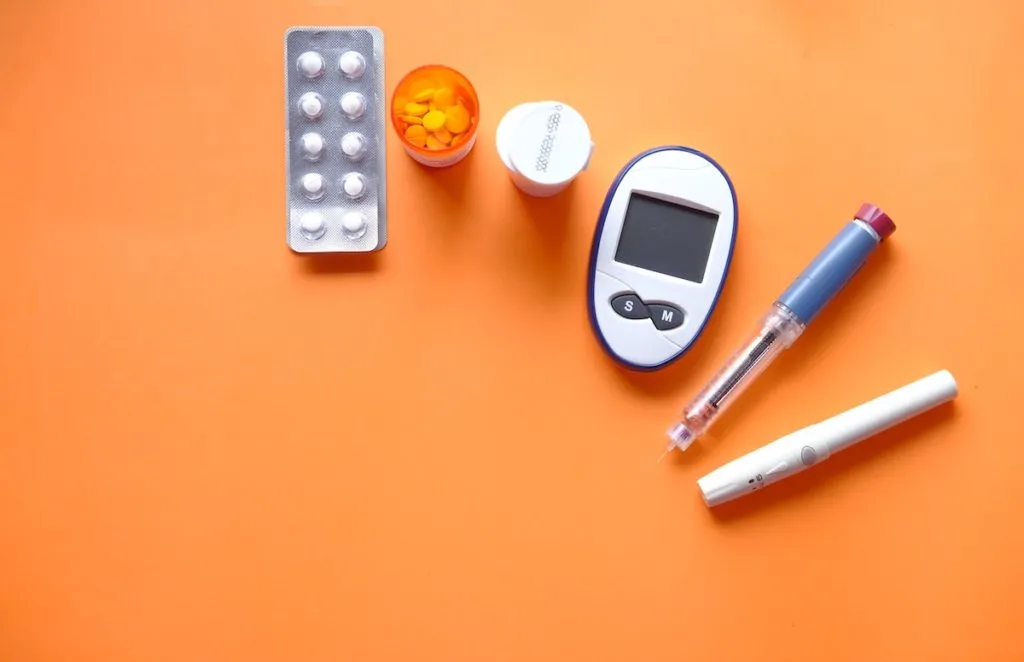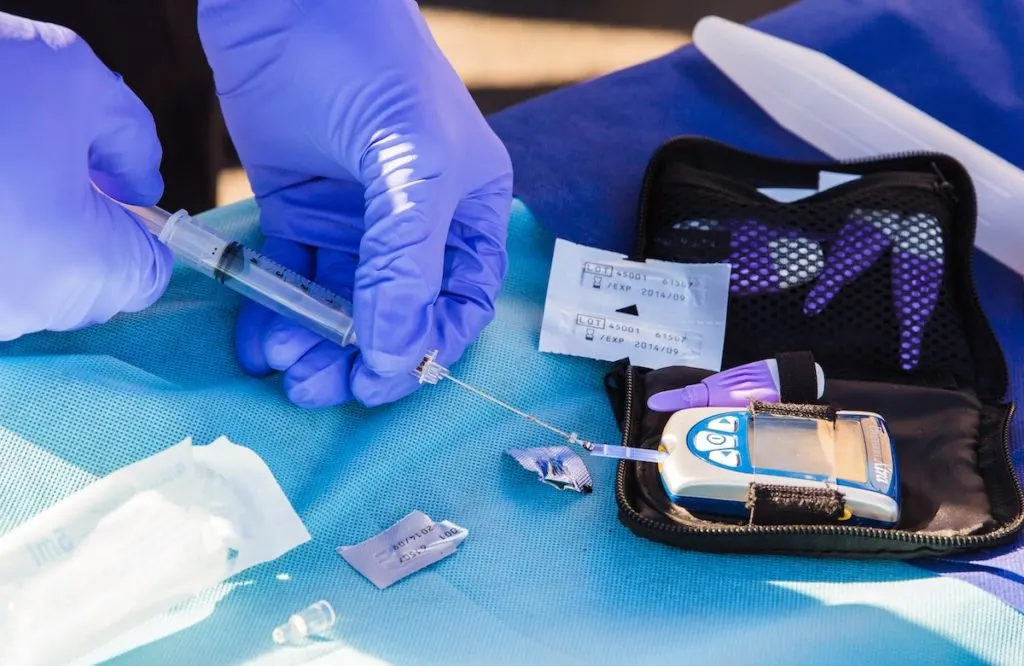Are you looking for diabetes financial assistance? If so, you’re not alone. According to the CDC, more than 1 out of every 10 Americans has some form of diabetes. This means that nearly 35 million people suffer from the condition, and the numbers are growing all of the time. Consequently, both public and private organizations have stepped up to offer diabetes help programs, particularly for those who cannot afford insulin and other life-saving treatments on their own.
So, where can you get diabetes financial assistance? What are the best government grants for diabetics? Finally, which private organizations provide nationwide diabetes help programs? We will answer all of these questions and more, but first, let’s look at some of the costs you can expect as a diabetes patient. If you’ve had diabetes for a while now, you can likely skip this next section. However, if you were recently diagnosed or worry that you may have undiagnosed diabetes, it is especially important to understand your potential expenses and medical bills going forward.

How much does diabetes treatment cost?
The American Diabetes Association (ADA) estimates that nearly 1 in every 4 dollars spent within the U.S. healthcare system goes toward diabetes care. When you start crunching the numbers, this shows that the cost of diabetic treatment far outpaces its prevalence. While 10% of the population has diabetes, 25% of all healthcare costs go toward diabetes treatment. Inflated prices have left many diabetes patients struggling to get the treatment and medication they need.
So, how much will diabetes actually cost you? Unfortunately, the individualized data isn’t any more reassuring. The ADA has calculated that within the last few years, the average cost of treatment per diabetes patient has increased to about $16,752 per year. These costs will likely continue to rise in the near future.
Some of the main costs associated with diabetes are insulin, blood sugar tests, doctor’s visits, and treatment for cardiovascular or renal complications as a result of diabetes. However, insulin is by far the biggest culprit and one of the most controversial aspects of diabetes expenses. As of 2020, the average price of insulin per unit was just under $100 across all available brands. This only applies to the United States, as subsidies and other factors make insulin far cheaper in many other first-world countries.
While people with Type 2 diabetes may not always need insulin and could potentially avoid some of the biggest costs associated with diabetes, Type 1 diabetes patients require lifelong insulin treatment. The average Type 1 patient needs to use 24 units per day, which means that (without insurance) you could be paying as much as $2,400 per day for insulin alone. Needless to say, this is simply not an option for 99% of diabetes patients. Fortunately, there are ways to get diabetes financial assistance and cut down these bloated prices.

How to get diabetes financial assistance
The two most common ways to get diabetes financial assistance are private insurance policies and public healthcare programs. Naturally, both options will still incur costs like copays, deductibles, and partial payments toward the care you receive. In any case, if you qualify for a government program like Medicare, Medicaid, the Children’s Health Insurance Program, TRICARE, or Veterans’ Health Care programs, you could take advantage of their subsidizing offerings.
Frequently, insurance alone is not enough to cover all or even most costs associated with diabetes. This is where private organizations can step in to help. Here are just a few of the best private diabetes help programs:
- GetInsulin.org – This is essentially a gateway program that helps connect people in need of free or low-cost insulin to different sourcing options. Get Insulin looks into each and every case brought to them and creates a customized action plan to help you access insulin. Additionally, they can provide useful advice on finding affordable treatment options in your area.
- Partnership for Prescription Assistance – Like Get Insulin, the Partnership for Prescription Assistance program works as a go-between for insulin providers and patients. Their flagship endeavor, Medicine Assistance Tool (MAT), is a fast and easy way for diabetic patients to find low-cost insulin options, with or without insurance.
- RxAssist – RxAssist is a comprehensive database of all national and state programs that provide free insulin to low-income patients.
- RxHope – RxHope is a great place for free information related to diabetes care, including subsidized programs, low-cost insulin brands, and other resources.
While no direct federal government grants for diabetics exist, the most common ways the government helps people pay for the costs of diabetes is through Medicare Parts A and B, Medigap plan options, as well as state-funded community health centers. These can all help reduce the cost of care and save you even more on diabetes medical bills. Community health centers are especially helpful for some of the smaller costs related to diabetes. For example, you may be able to see a physician free of charge and get your blood sugar levels checked, rather than paying copays and other fees for a regular doctor’s visit.
The Bottom Line
As you can see, the costs of diabetes are high, especially if you require insulin to survive. This can make the condition frightening for those whose income does not cover basic care and medications. Prices are consistently on the rise, which means that even more Americans will likely struggle to pay for diabetes care going forward. In many cases, patients have to ration their insulin supplies just to get by.
Fortunately, there are resources to help you cut your insulin and diabetes-related costs by as much as 80%. The key is finding an affordable insurance plan that covers diabetes care, while also taking advantage of both public and private resources that help cover additional costs. By seeking out diabetes financial assistance resources like those listed above, you could end up saving thousands of dollars per year and getting the care you really need!

